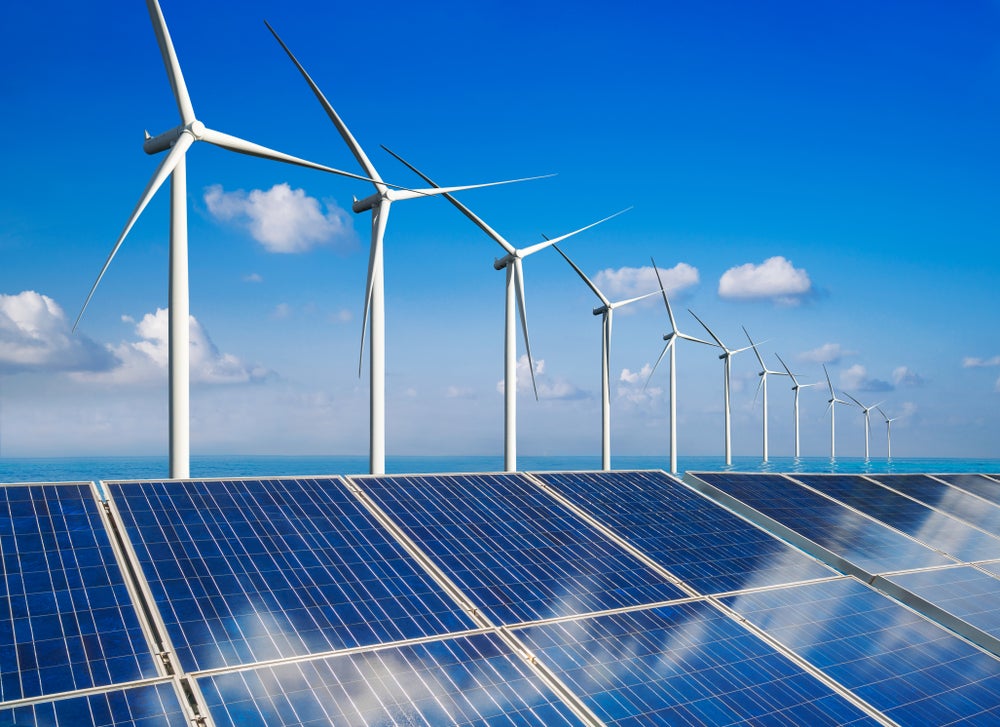Global renewable energy capacity experienced an unprecedented 50% surge in 2023, marking the fastest growth in two decades, according to a new report from the International Energy Agency (IEA).
This expansion in renewables output, which totalled 510GW, was largely driven by China and will propel the world closer to achieving critical climate targets by the end of the decade.
Solar power played a pivotal role in this growth, accounting for three-quarters of the new global renewable capacity installed in 2023. China led the charge, installing more solar power alone last year than the entire world commissioned the previous year, despite subsidy reductions in 2020 and 2021.
In addition to more than doubling solar capacity in 2023, China also witnessed a 66% increase in wind power capacity from 2022.
The renewable progress offers an opportunity for governments across the world to fulfil the pledge made at COP28 last November to triple renewable energy capacity by 2030 and reduce global reliance on fossil fuels.
According to the IEA, renewables are projected to surpass coal as the largest source of global electricity generation by early 2025 and constitute more than 42% of total global electricity generation by 2028.
IEA executive director Fatih Birol expressed optimism about “the historical and spectacular growth of renewable energy” in the past year. While acknowledging the recent challenges for the renewables industry, such as rising costs for wind developers in the US and Europe, he stressed the temporary nature of these issues: “I would be very careful not to confuse a cyclical increase in costs with a structural increase in costs. Costs will continue to come down in the industry, as the cyclical costs of today begin to ease.”
Birol also emphasised the need to support emerging and developing economies in renewable development to continue the positive trajectory.
“For me, the most important challenge for the international community is rapidly scaling up financing and deployment of renewables in most emerging and developing economies, many of which are being left behind in the new energy economy. Success in meeting the tripling goal will hinge on this.”









